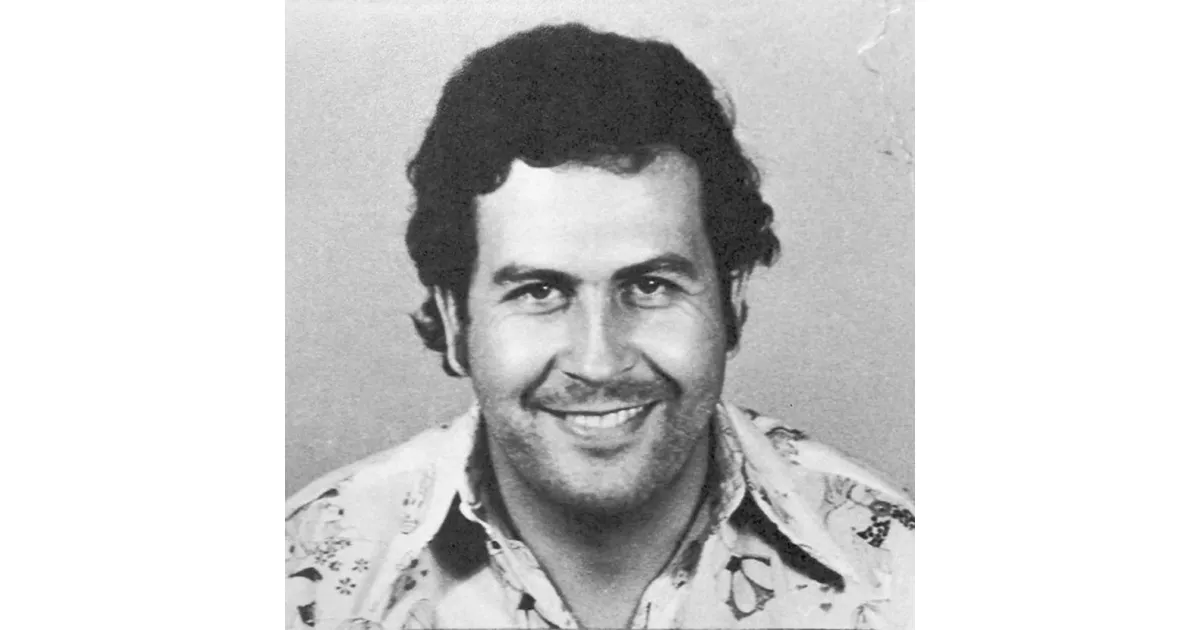How education and upbringing influenced the life of Pablo Escobar. A timeline of key moments.
Pablo Escobar was a Colombian drug lord who led the Medellín Cartel, responsible for a significant portion of the cocaine trade during the 1980s. Known for his ruthless tactics, he employed violence and bribery to expand his empire, becoming one of the wealthiest criminals in history. He briefly held a political position before his criminal activities overshadowed his political aspirations. Escobar's actions had a profound impact on Colombia, marked by widespread violence and political instability. He was eventually killed in 1993, bringing an end to his reign and the dominance of the Medellín Cartel.
December 1949: Birth of Pablo Escobar
In December 1949, Pablo Emilio Escobar Gaviria was born in Rionegro, Antioquia Department, Colombia. He was born into a family of Spanish origin, specifically from the Basque Country, and also had Italian roots. His father was a small farmer and his mother was a teacher.
December 1949: Pablo Escobar Born
On December 1, 1949, Pablo Emilio Escobar Gaviria was born in Rionegro, Antioquia Department, Colombia, into a family of Spanish and Italian origin. He was the third of seven children and grew up in poverty, in the neighboring city of Medellín.
1966: Escobar Leaves High School
In 1966, Pablo Escobar left high school just before his 17th birthday.
1982: Escobar Elected to Chamber of Representatives
In 1982, Escobar was elected as an alternate member of the Chamber of Representatives for the Liberal Party in the Colombian parliamentary election. During this time, he funded community projects such as the Barrio Pablo Escobar neighborhood, football pitches, and public works, enhancing his popularity in Medellín’s working-class areas.
June 1991: Escobar surrenders and is confined in La Catedral
On June 19, 1991, Escobar surrendered under terms allowing confinement in La Catedral, a prison he designed with luxuries and handpicked guards.
1991: Escobar Surrenders to Authorities
In 1991, Escobar surrendered to authorities under an agreement with President César Gaviria that barred his extradition to the United States. He was confined in a luxury facility he built, known as La Catedral.
July 1992: Escobar escapes from La Catedral
In July 1992, after the murder of two associates inside La Catedral, the government ordered Escobar's transfer. He escaped on 22 July 1992, initiating a nationwide manhunt.
1992: Escobar Escapes from La Catedral
In 1992, after officials attempted to transfer him to a regular prison, Escobar escaped from La Catedral, prompting a nationwide manhunt.
2009: Documentary Release
In 2009, Juan Pablo Escobar appeared in the documentary *Sins of My Father*, where he sought reconciliation with the families of his father's victims. He also published memoirs denouncing his father’s violence.
February 2019: Demolition of Edificio Monaco
On 22 February 2019, city authorities demolished the Edificio Mónaco in Medellín at the urging of Mayor Federico Gutiérrez, replacing it with a park commemorating thousands of cartel victims. President Iván Duque stated the demolition was intended “not to glorify the perpetrators, but to honor the victims.”
Mentioned in this timeline
Home Box Office HBO is an American pay television service...
The United States of America is a federal republic located...
California is a U S state on the Pacific Coast...
Colombia officially the Republic of Colombia is a country located...
Virginia officially the Commonwealth of Virginia is a state located...
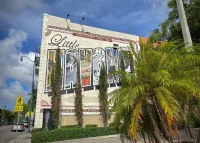
Miami is a major coastal city located in Florida United...
Trending

2 months ago Travis Scott's Epic Johannesburg Performance: Fans Brave Weather for Unforgettable Show
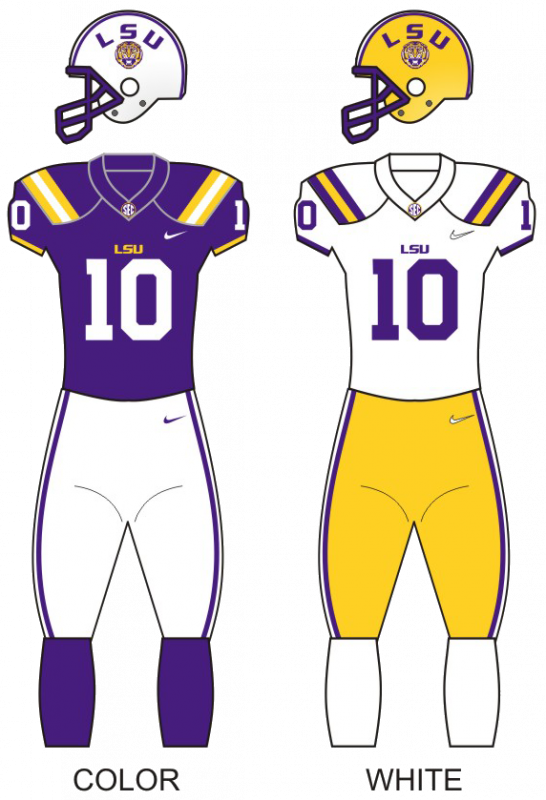
6 months ago Immanuel Iheanacho, a five-star OT, narrows down top schools, including LSU Tigers.
17 days ago Dylan Raiola Transfer Rumors Surface; Brother Decommits from Nebraska, Future Uncertain

24 days ago Bitwise Launches XRP ETF Amidst Market Activity; XRP Staking Explored.
2 months ago Kansas Jayhawks face UCF Knights: Sorsby's performance crucial in Big 12 matchup.
Jaylen Warren is a professional American football running back currently playing for the Pittsburgh Steelers in the NFL He had...
Popular

Candace Owens is an American conservative political commentator and author...

Ilhan Omar is an American politician currently serving as the...

XXXTentacion born Jahseh Dwayne Ricardo Onfroy was a controversial yet...

Frederick Christ Trump Sr - was an American real estate...
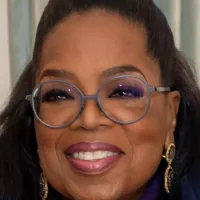
Oprah Winfrey an American talk show host television producer actress...
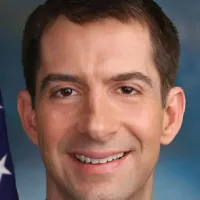
Tom Cotton is an American politician and Army veteran currently...
